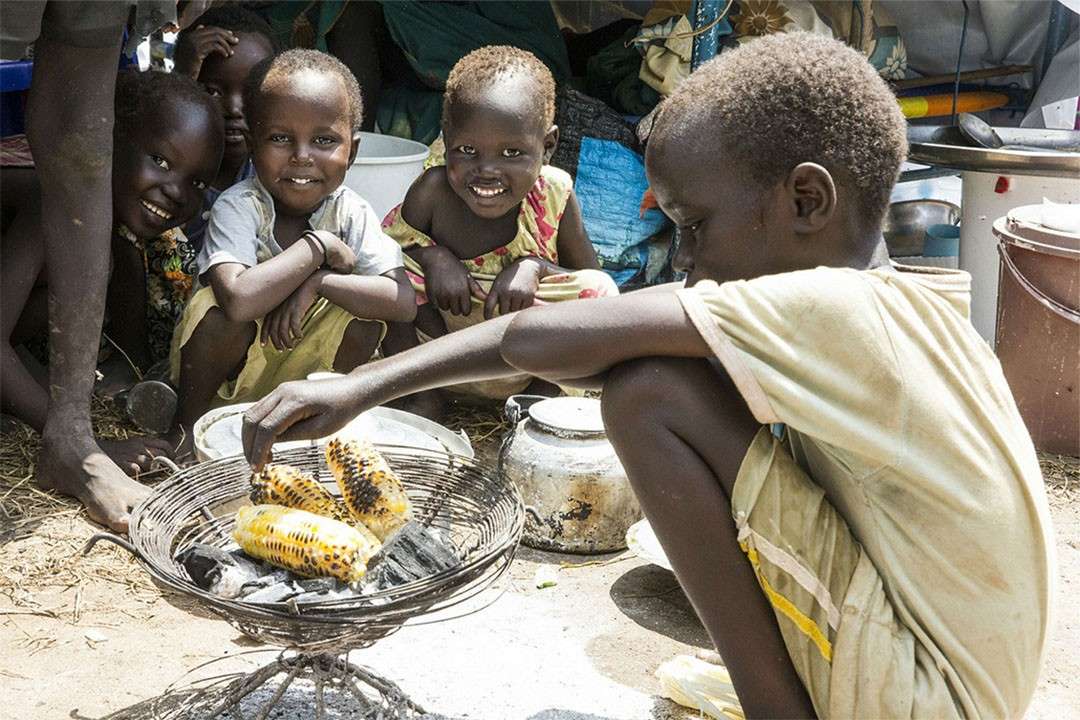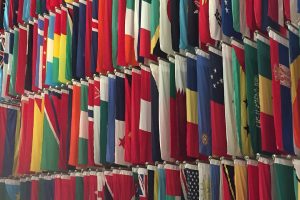The custodian agencies of SDG 7 (affordable and clean energy) issued their annual report tracking progress on the Goal. The report concludes that global clean energy access has improved, however regional disparities persist, and the rate of improvement must be enhanced to achieve 2030 targets.
The SDG 7 Technical Advisory Group, convened by the UN Department of Economic and Social Affairs (DESA), also published its third series of policy briefs on SDG 7 and its interlinkages with other SDGs in support of the High-level Political Forum on Sustainable Development (HLPF).
‘Tracking the SDG 7: The Energy Progress Report,’ published by the International Energy Agency (IEA), the International Renewable Energy Agency (IRENA), the UN Statistics Division (UNSD), the World Bank, and the World Health Organization (WHO), with funding from the Energy Sector Management Assistance Program (ESMAP), monitors and assesses the world’s progress towards global targets for universal access to sustainable, affordable, reliable, and modern energy services. It also identifies best practices, policies, measures, and scenarios to accelerate further progress and simultaneously pursue other SDGs.
On universal access (SDG target 7.1: “By 2030, ensure universal access to affordable, reliable, sustainable, and modern energy services,” including access to electricity (indicator 7.1.1) and access to clean cooking solutions (indicator 7.1.2)), the report finds that over 1 billion people have gained access to electricity since 2010, increasing the connected proportion of the population from 83% to 90%. However, 789 million people still do not have access to electricity, and Sub-Saharan Africa accounts for 70% of this deficit. The report estimates that by 2030, 620 million people will lack electricity access, 85% of them in Africa. The report recommends that governments respond to the COVD-19 crisis by working with donors and investors to ensure that off-grid developers, utilities, and small and medium-sized enterprises (SMEs) remain active and that governments adopt a suite of safeguards to protect energy consumers.
Access to clean cooking fuels and technologies represents the largest SDG 7 deficit, according to the report. While the global proportion of the population with access increased by 200 million between 2010 and 2018, 2.7 billion people remained without access. In Sub-Saharan Africa, the number of those without access increased from 750 million to 890 million. The report concludes that 2.3 billion people, 30% of the world’s population, will continue to lack clean cooking fuels by 2030. It recommends that governments utilize more comprehensive household surveys to support more effective evidence-based policy and investment decisions.
On renewable energy (SDG target 7.2: “By 2030, increase substantially the share of renewable energy in the global energy mix”), the report notes that the share of renewables in total final energy consumption grew from 16.3% in 2010 to 17.2% in 2017, indicating that global use of renewables has increased at a faster rate than overall energy consumption. This increase was driven by solar photovoltaic (PV) and wind energy in the power sector. The report finds that while adoption of renewable energy in the heating and transport sector lags behind its potential, it will be required to achieve SDG 7.2 by 2030.
On energy efficiency (SDG target 7.3: “By 2030, double the global rate of improvement in energy efficiency”), the report states that in recent years, the rates of improvement in global primary energy intensity have fallen to 1.7%, although the average rate of improvement between 2010-2017 was 2.2%. To achieve the SDG 7.3 energy efficiency target of doubling the historic improvement rate, annual improvement will need to increase to an average of 3% per year between 2017-2030. The report recommends that countries make energy efficiency a policy and investment priority through minimum energy efficiency standards, market-based mechanisms, financial incentives, and other means.
On international public finance (SDG target 7.a: “By 2030, enhance international cooperation to facilitate access to clean energy research and technology, including renewable energy, energy efficiency and advanced and cleaner fossil-fuel technology, and promote investment in energy infrastructure and clean energy technology,” with indicator 7.a.1 focusing on international public financial flows to developing countries in support of clean and renewable energy), the report finds that while total international financial flows to developing countries in support of clean energy doubled to USD 21.4 billion in 2017 over 2010 flows, only 12% reached least developed countries (LDCs), which are the furthest from achieving SDG 7 targets. [Publication: Tracking SDG 7: The Energy Progress Report 2020] [Executive Summary] [UN ESCAP Press Release] [IRENA Report Release Page] [Tracking SDG 7 Website] [SEforALL Five Key Takeaways from Tracking SDG 7]
To support this year’s HLPF, the SDG 7 Technical Advisory Group policy briefs highlight the interlinkages between energy and the other five thematic sessions of HLPF 2020 (Advancing human well-being; Ending hunger and achieving food security for all; Protecting the planet and building resilience; Sharing economic benefits; and Bolstering local action to accelerate implementation). Additionally, the policy briefs emphasize the significance of the SDG 7 targets in light of the COVID-19 crisis, propose solutions to continuing momentum towards the targets during the pandemic, analyze opportunities to support SDG 7 implementation through the nationally determined contributions (NDCs) submitted under the Paris Agreement on climate change, and review regional perspectives for advancing SDG 7. [Publication: Policy Briefs in Support of the High-level Political Forum 2020: Accelerating SDG 7 Achievement in the Time of COVID-19]
SDGs
Issues
- Agriculture & Food Security,
- Biomass & Bioenergy,
- Follow-Up and Review,
- Energy Efficiency,
- Mitigation,
- Energy Poverty/Access,
- Climate Change,
- Market-Based Mechanisms,
- Disasters & Humanitarian Relief,
- Off-grid,
- Economics & Investment,
- Renewables,
- Energy,
- Solar,
- Governance,
- Wind,
- Other Energy Sources,
- Health,
- Monitoring & Evaluation,
- Sustainable Development

